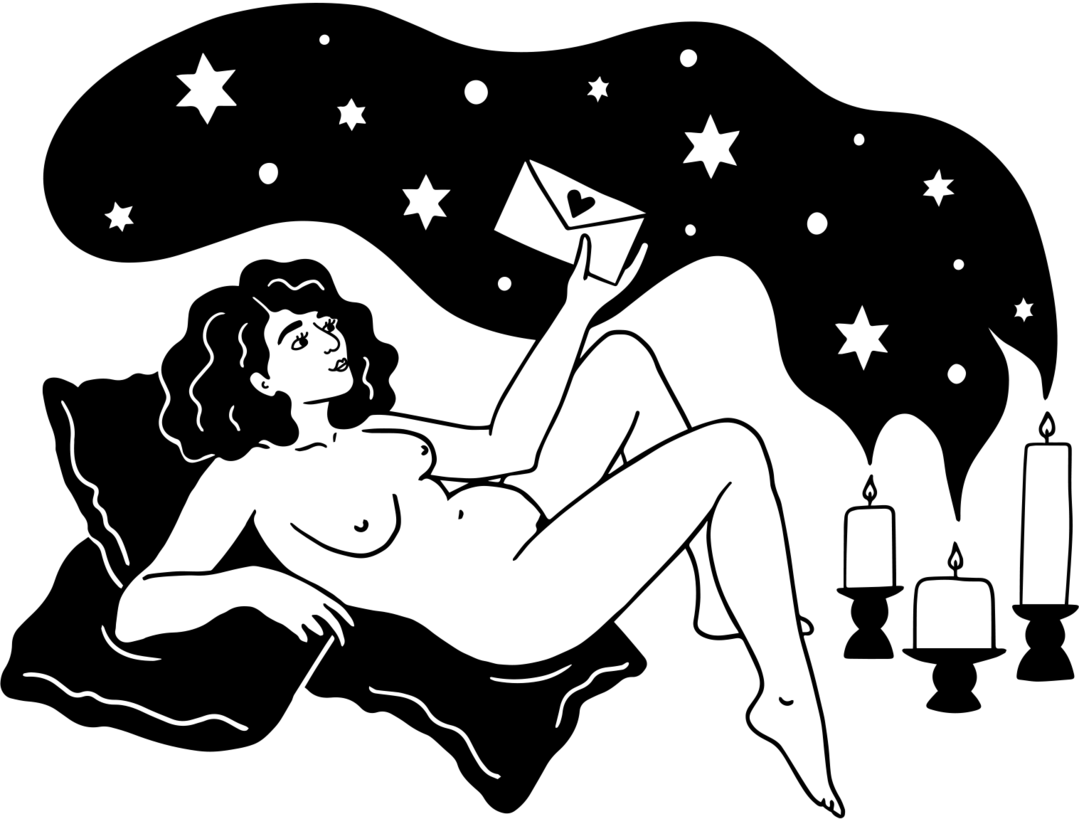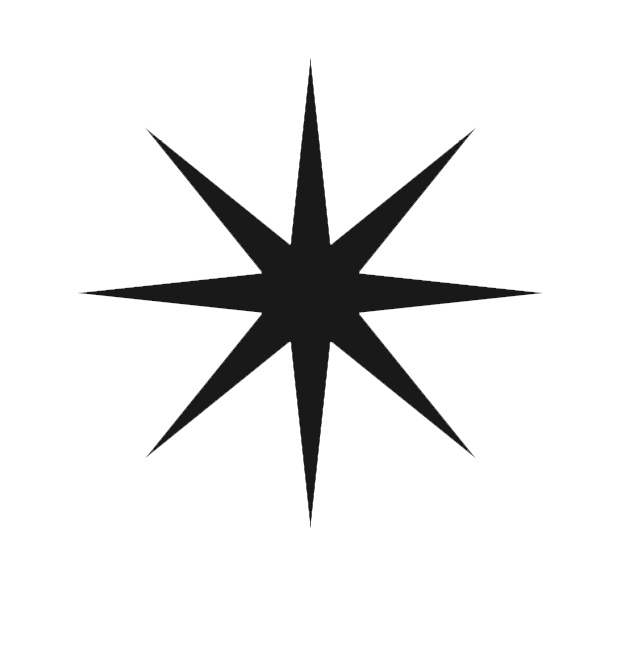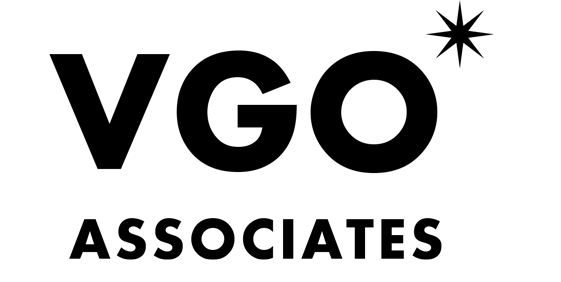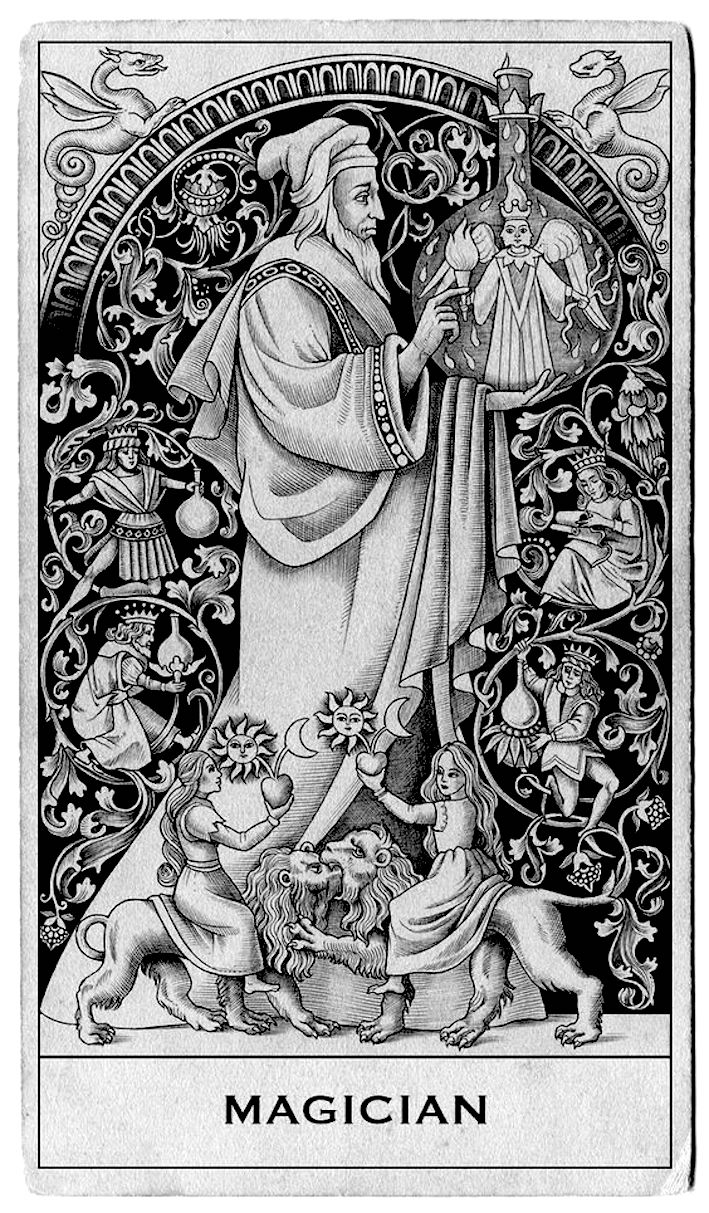
TAROTS
Tarot reading. Professional advice.
A unique fortune telling experience.Before drawing the cards, you need to focus and think about a very precise question. Then you should choose 10 cards from the deck below and consult the free interpretation about your choice.
One-of-a-kind Experience with one of the most talented master of Tarots Fabiana Spagnuolo who will connect live with you for a private reading.
After your purchase VGO Associates will send you an email to schedule a Live Session with the consultant.
At the end of the consultancy The Tarot card reading can be translated in every languages and send it to you via email.
The consultancy can be in Italian or English.
Should be an exclusive and vibrant gift.
∞ Please allow one week for email delivery. ∞
170 EUROS
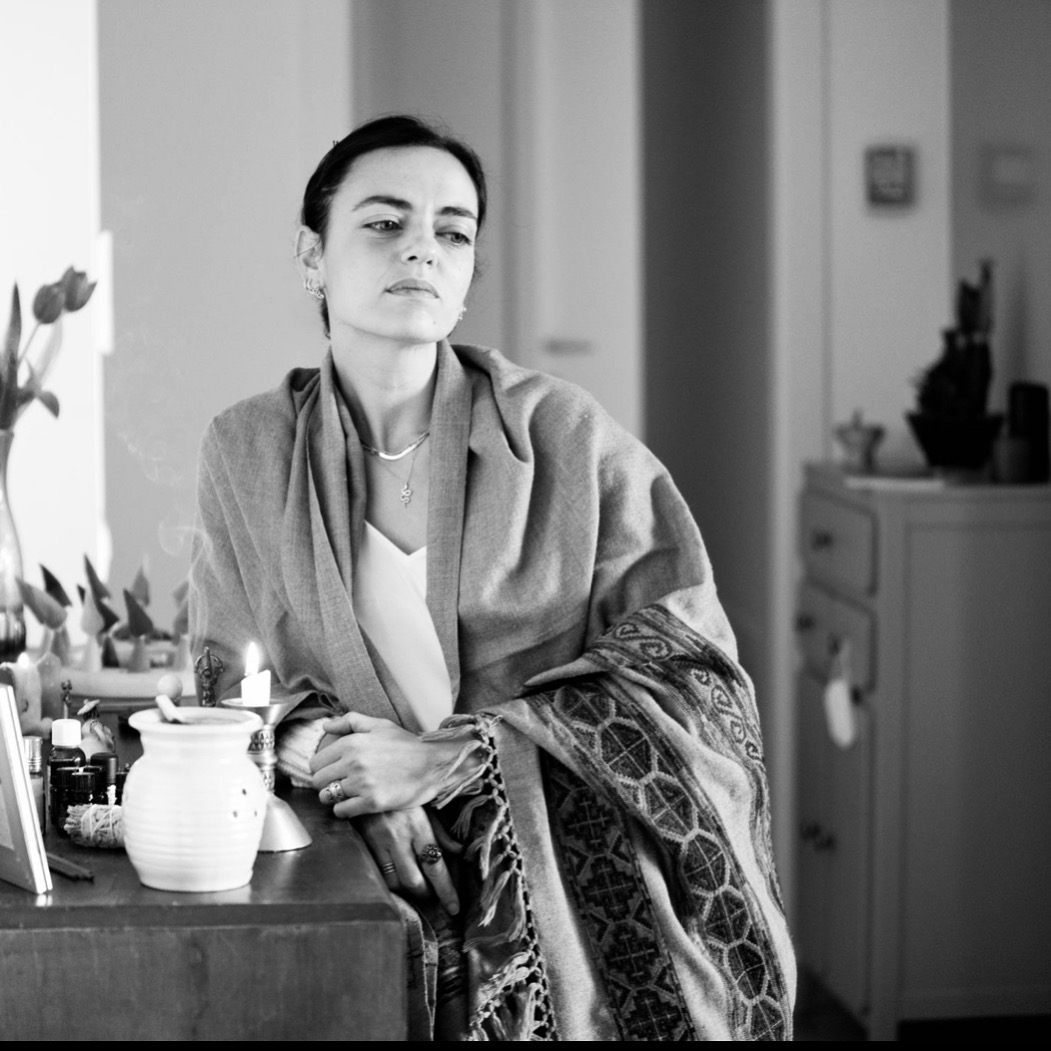
ABOUT THE MASTER
FABIANA SPAGNUOLO
Fabiana Spagnuolo has been studying Tarot, Metagenealogy and rituals for years. She has been a pupil of Cristobal Jodorowsky since 2004 and was his assistant in Italy for five years. He studies Gestalt counseling at the Gestalt Therapy Study Center in Milan, the city where he lives, holds Tarot courses and receives privately for individual courses.
TAROT CARD READING
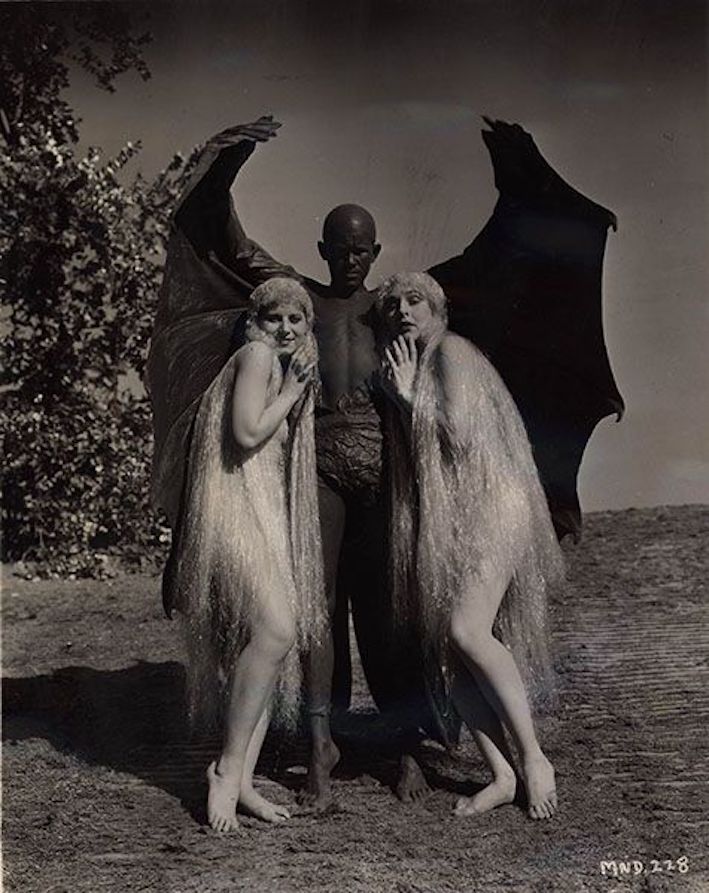
The Tarot card reading is the practice of using tarot cards to gain insight into the past, present or future by formulating a question, then drawing and interpreting cards. Reading tarot cards is a type of cartomancy.
The earliest evidence of a tarot deck used for cartomancy comes from an anonymous manuscript from around 1750 which documents rudimentary divinatory meanings for the cards of the Tarocco Bolognese. The popularization of esoteric tarot started with Antoine Court and Jean-Baptiste Alliette (Etteilla) in Paris during the 1780s, using the Tarot of Marseilles. French tarot players abandoned the Marseilles tarot in favor of the Tarot Nouveau around 1900, with the result that the Marseilles pattern is now used mostly by cartomancers.
The word Tarot and German Tarock derive from the Italian Tarocchi, the origin of which is uncertain but taroch was used as a synonym for foolishness in the late 15th and early 16th centuries.
Many involved in occult and divinatory practices attempt to trace the tarot to ancient Egypt, divine hermetic wisdom.
Possibly the first of those was Antoine Court de Gébelin, a French clergyman, who wrote that after seeing a group of women playing cards he had the idea that tarot was not merely a game of cards but was in fact of ancient Egyptian origin, of mystical Qabalistic import, and of deep divine significance.
Tarot is often used in conjunction with the study of the Hermetic Qabalah.In these decks all the cards are illustrated in accordance with Qabalistic principles, most being influenced by the Rider-Waite deck.Alternatively, some practitioners believe tarot cards may be a utilized as a psychology tool based on their archetypal imagery, an idea often attributed to Carl Jung. Jung wrote, “It also seems as if the set of pictures in the Tarot cards were distantly descended from the archetypes of transformation, a view that has been confirmed for me in a very enlightening lecture by Professor Bernoulli.” During a 1933 seminar on active imagination, Jung described the symbolism he saw in the imagery:
“The original cards of the Tarot consist of the ordinary cards, the king, the queen, the knight, the ace, etc., only the figures are somewhat different, and besides, there are twenty-one [additional] cards upon which are symbols, or pictures of symbolical situations. For example, the symbol of the sun, or the symbol of the man hung up by the feet, or the tower struck by lightning, or the wheel of fortune, and so on. Those are sort of archetypal ideas, of a differentiated nature, which mingle with the ordinary constituents of the flow of the unconscious, and therefore it is applicable for an intuitive method that has the purpose of understanding the flow of life, possibly even predicting future events, at all events lending itself to the reading of the conditions of the present moment.”
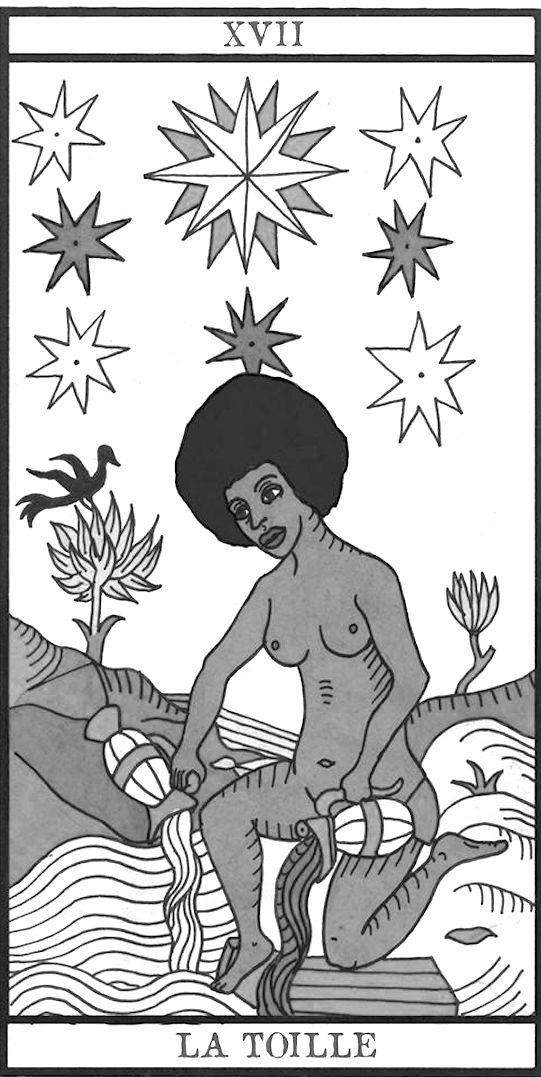
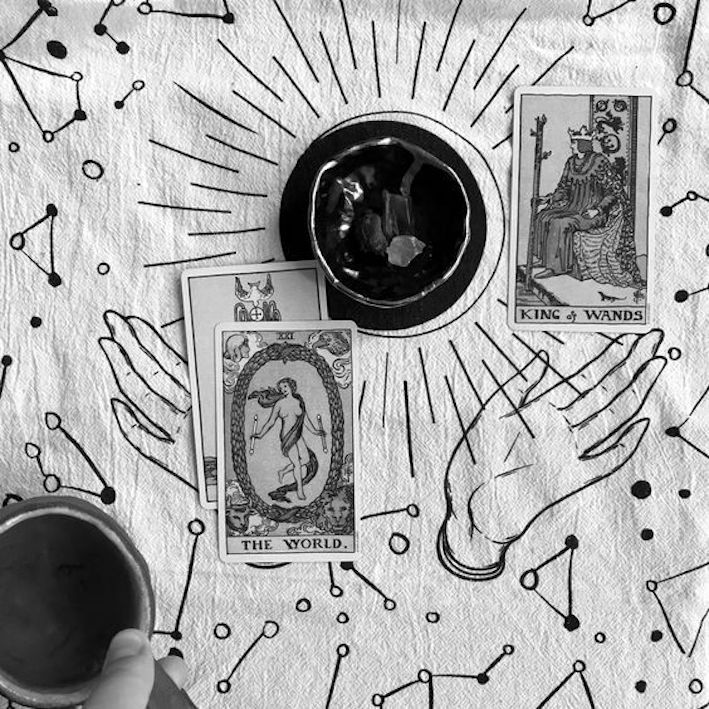
The concept of the cards as a mystical key was extended by Éliphas Lévi. Lévi (whose actual name was Alphonse-Louis Constant) was educated in the seminary of Saint-Sulpice, was ordained as a deacon, but never became a priest. Michael Dummett noted that it is from Lévi’s book Dogme et rituel that the “whole of the modern occultist movement stems.” Lévi’s magical theory was based on a concept he called the Astral Light and according to Dummett, he claimed to be the first to have discovered intact and still unknown this key of all doctrines and all philosophies of the old world… without the tarot. Adoption of the esoteric tarot practices of the Golden Dawn in the United States was driven in part by the American occultist Paul Foster Case, whose 1920 book An Introduction to the Study of the Tarot. Esoteric use of the Rider-Waite-Smith Tarot was also promoted in the works of Eden Gray, whose three books on the tarot made extensive use of the deck. Gray’s books were adopted by members of the 1960s counter-culture as standard reference works on divinatory use of tarot cards and her 1970 book A Complete Guide to the Tarot was the first work to use the metaphor of the “Fool’s Journey” to explain the meanings of the major arcana.
ENJOY THE MAGIC!
